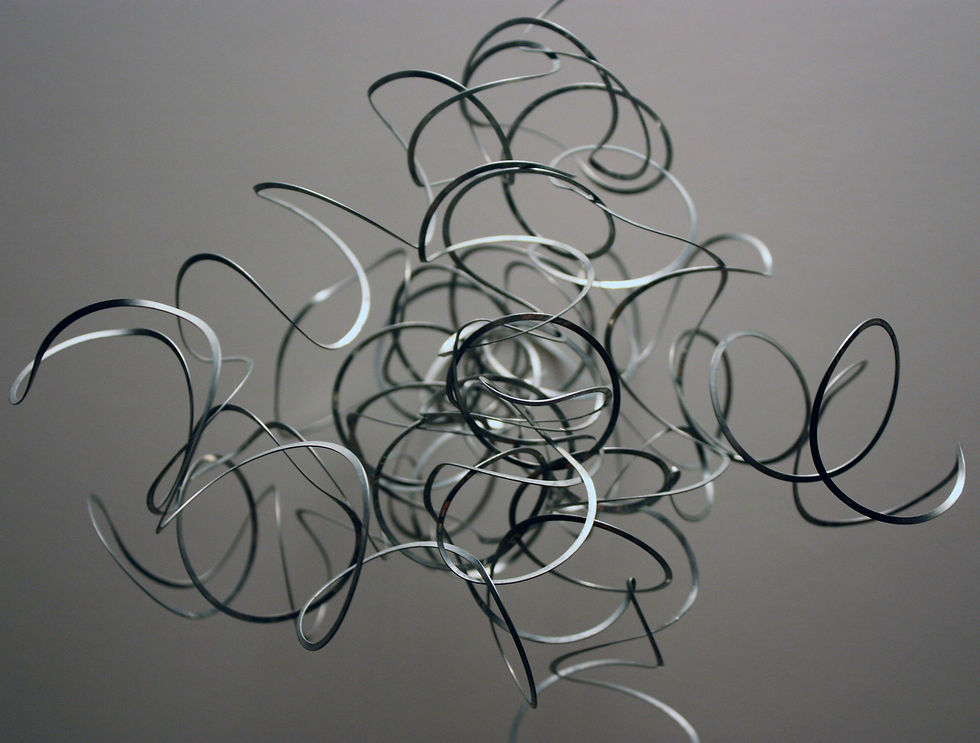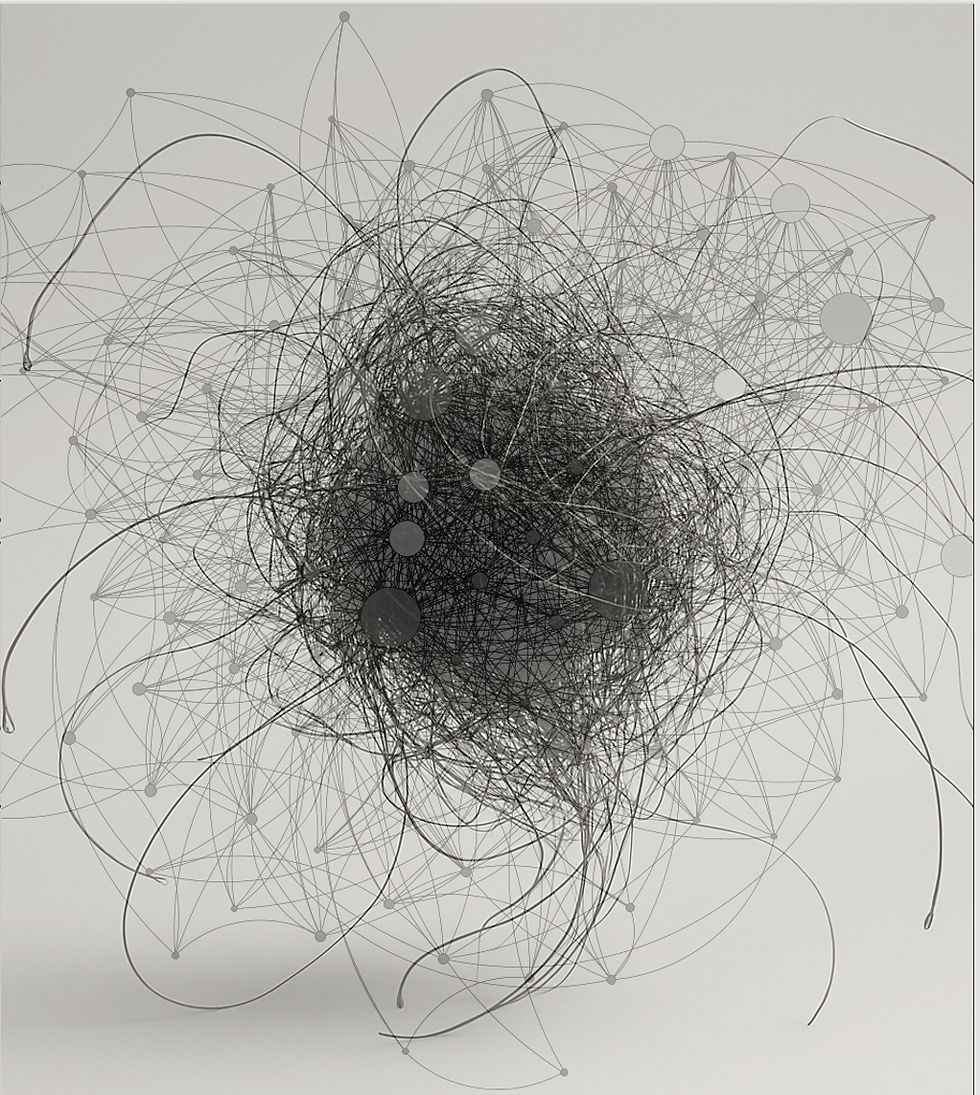Case-Based Visual Complexity:
Entangling Science and the Humanities as Method

CLICK HERE to view the PowerPoint
Here are the videos of 'tangles as networks' that go with the PowerPoint
In my presentation I make the argument, based on Bruno Latour, that complex networks -- and many of the formal models used in the complexity sciences and computational modelling -- are flat and struggle with dimensionality and the interiors of place. The tangles below helped to visualise this point.



RESEARCH WEEK: HUMANITIES DAY – 10 SEPTEMBER 2025
Knowledge Entanglements and Convergences: Arts, Humanities, Social Sciences and Natural Sciences in Dialogue
I took part in Nelson Mandela University’s Humanities Day, part of Research Week 2025, which coincided with the UN’s International Year of Quantum Science and Technology. My participation, as visiting professor, was through the Chair in Identities and Social Cohesion, Nelson Mandela University, South Africa.
The event explored how knowledge is always entangled—arts with sciences, ethics with innovation, history with technology. My lecture contributed to this theme, showing how the humanities can revitalize dialogue across disciplines and open new ways of seeing the transformations reshaping our world.
SUMMARY OF MY PRESENTATION
The complexity sciences show us that everything—knowledge, life, society—is entangled. Yet the usual tools we use to study this entanglement—machine learning, network maps, forecasts—often flatten what is messy, lived, and felt. In this lecture I introduce case-based visual complexity (CBVC), a method I’ve developed that brings science into dialogue with the arts and humanities. Through drawings, wire sculptures, assemblages, and installations, CBVC makes complexity visible as textured, embodied, and historical. It is less about reducing systems to diagrams and more about showing their tangled interior life. The result is a fresh way of seeing and understanding complexity—critical, creative, and alive.


